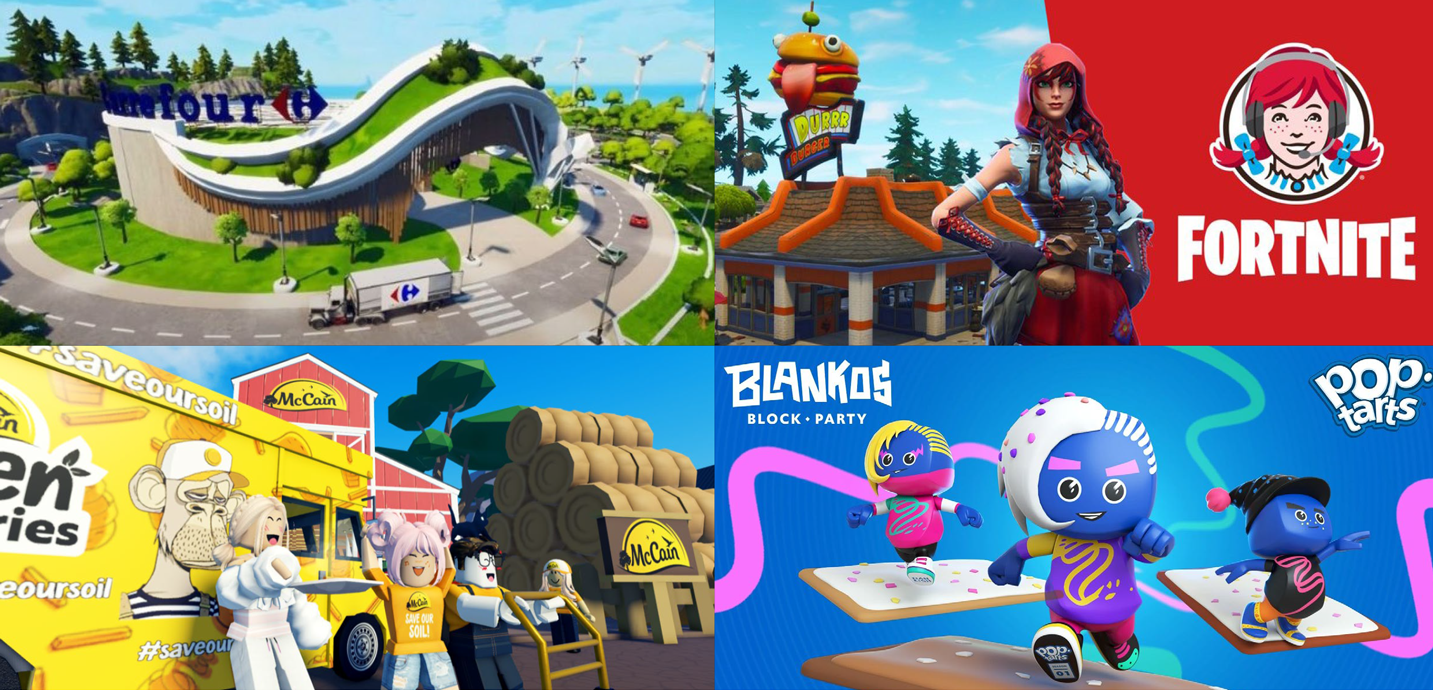With all the hype about Generative AI this year, it’s easy to forget the metaverse buzz that filled the headlines last year.
Fortunately, the concept is still very much alive as the platforms and technology continue to grow. These immersive experiences are becoming more connected and changing how we work, learn and play – both in the digital world and the physical world. And these are the fundamentals of how the metaverse will form. Although personally, I think we are a few years away from the metaverse’s full potential being realised…
One area shaping the metaverse that doesn’t receive the recognition it deserves is the video game industry (games such as Fortnite, Roblox, Minecraft and Sandbox to name a few). A lot of the mechanics that make for a great digital experience are present in games and will be crucial in creating the immersive and satisfying experiences the future citizens of the metaverse will expect.
GAMING PROVIDES THE PERFECT BLUEPRINT FOR METAVERSE-STYLE CONSUMER ENGAGEMENT.
Many metaverse-style brand experiences to date have been criticized as lacking purpose. Visitors often feel lonely with limited interaction and gain no sense of reward for engaging.
For brands navigating this new frontier, the recommended approach is don’t be afraid to experiment. Test and learn what works whilst being as authentic and culturally relevant as possible. It’s a real chance for brands to build trust and immerse their consumers in their stories and products via interactive content.
GAMING IS THE NEW SOCIAL
Video games are constantly evolving and have now become social platforms in their own right, building communities and fandoms from the games themselves. Take Roblox, Fortnite and even Minecraft who have huge active communities for example.
Today, social has changed from friend following to interest-based following and the biggest benefit of social gaming is the ability to share and create digital experiences on the platform itself, which the community then learn, adopt and build on.
It’s worth remembering that audiences like Generation Alpha, who were born after 2010, have grown up socialising in these sorts of gaming spaces so they are best placed to adopt these concepts as older consumers.






